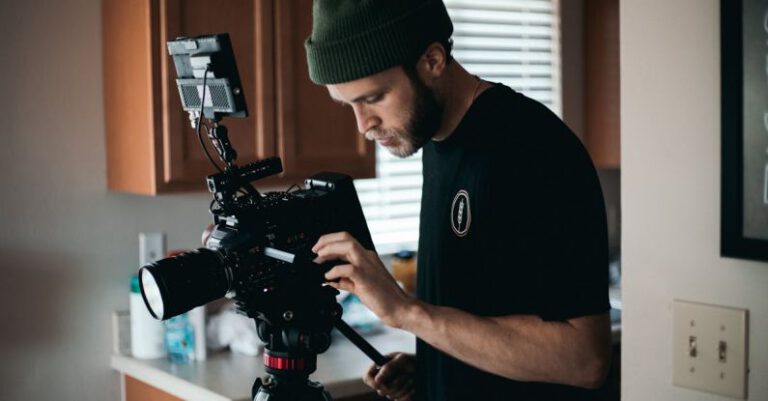
Documentaries are a powerful medium for storytelling and conveying real-life events. They provide viewers with a window into different worlds, shedding light on important issues, sparking conversations, and inspiring change. Behind the success of a compelling documentary lies a range of cinematic techniques that enhance the storytelling experience. By analyzing these techniques, viewers can gain a deeper understanding of the filmmaker’s craft and the message being conveyed.
Understanding the Role of Cinematic Techniques in Documentaries
Cinematic techniques in documentaries serve as tools for filmmakers to engage audiences and communicate their narrative effectively. These techniques encompass various aspects of filmmaking, including camera work, editing, sound design, and storytelling devices. By employing these techniques strategically, filmmakers can create a visually captivating and emotionally resonant experience for viewers.
Exploring the Use of Visual Composition
Visual composition plays a crucial role in documentaries, as it helps to frame the narrative and evoke specific emotions in the audience. Filmmakers use composition techniques such as framing, lighting, and color to create a visually striking and cohesive story. Pay attention to how the filmmaker frames each shot, the use of natural light or artificial lighting, and the color palette chosen for the documentary. These elements can convey mood, tone, and thematic significance, enhancing the overall viewing experience.
Analyzing the Importance of Editing
Editing is another essential cinematic technique in documentaries, as it shapes the narrative flow and structure of the film. Through editing, filmmakers can control the pacing, transitions, and juxtaposition of scenes to convey a particular message or evoke a specific emotional response. Pay attention to the use of cuts, transitions, and pacing in the documentary, as these elements can significantly impact the viewer’s engagement with the story. Effective editing can create tension, build suspense, or highlight key themes within the documentary.
Understanding the Role of Sound Design
Sound design plays a significant role in documentaries, as it enhances the visual storytelling and immerses viewers in the narrative world. Filmmakers use sound effects, music, and ambient noise to create atmosphere, evoke emotions, and highlight key moments in the documentary. Pay attention to how sound is used throughout the film, from the clarity of dialogue to the impact of music cues on the audience’s emotional response. Sound design can elevate the viewing experience and add depth to the storytelling.
Decoding the Use of Storytelling Devices
Storytelling devices are narrative techniques used by filmmakers to engage viewers and communicate complex ideas effectively. These devices include voiceover narration, interviews, archival footage, and reenactments, among others. Pay attention to how these storytelling devices are used in the documentary to convey information, provide context, and evoke empathy from the audience. Effective use of storytelling devices can enhance the documentary’s impact and create a more immersive viewing experience for viewers.
Appreciating the Art of Cinematic Techniques in Documentaries
Analyzing the cinematic techniques used in documentaries allows viewers to appreciate the artistry and craftsmanship behind these films. By paying attention to visual composition, editing, sound design, and storytelling devices, viewers can gain a deeper understanding of the filmmaker’s creative choices and the impact of these techniques on the overall viewing experience. Next time you watch a documentary, take note of the cinematic techniques employed and consider how they contribute to the film’s storytelling and emotional resonance.
In conclusion, the analysis of cinematic techniques in documentaries offers valuable insights into the craft of filmmaking and the power of visual storytelling. By understanding the role of visual composition, editing, sound design, and storytelling devices, viewers can develop a more nuanced appreciation for the art of documentary filmmaking. So, next time you sit down to watch a documentary, pay close attention to the cinematic techniques at play and consider how they contribute to the film’s narrative impact and emotional depth.





